What is hybrid cannabis?
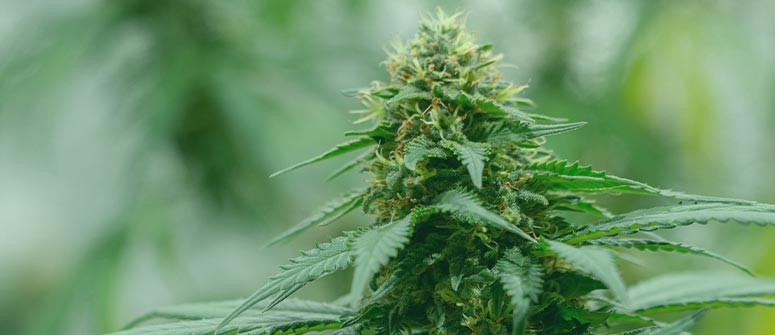
Cannabis hybrids are everywhere, but what actually are they? How are they created, and why do breeders make so many of them? Find out the answers to these questions and more below—so you can purchase and cultivate cannabis with confidence!
Contents:
You might wonder how and why there are so many different strains of cannabis in the world. Where do they all come from? While a select few can be considered pure landraces or heirloom strains, the vast majority of cannabis strains are hybrids. But what is hybrid cannabis?
In this article, we look at why cannabis hybrids are created, and how they are created, before finally listing our top three favourite hybrid strains.
What are cannabis hybrids?
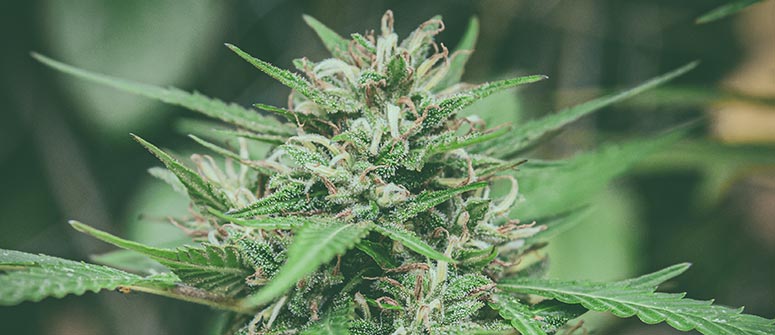
Cannabis hybrids are strains—or cultivars—containing a mix of genes from different “parent strains”. There are several definitions of “hybrid” in biology, with “cannabis hybrids” representing one of the loosest. For instance, a hybrid is sometimes defined as the offspring of two distinct species that cannot produce offspring itself. Examples of this are tigons, zebroids, and mules.
However, cannabis hybrids are bred from members of the same species, and will themselves be fertile. So it can help to think of cannabis hybrids as similar to breeds of dogs. They can be wildly different, but are ultimately the same species.
Different types of cannabis hybrids
There are four different kinds of hybrid in the cannabis world:
- Sativa x sativa: This cultivar is 100% sativa, but bred from two distinct strains
- Indica x indica: This cultivar is 100% indica, but bred from two distinct strains
- Sativa x indica: This cultivar features a mixture of genetics, but is sativa dominant
- Indica x sativa: This cultivar features a mixture of genetics, but is indica dominant
Cannabis landraces vs hybrids
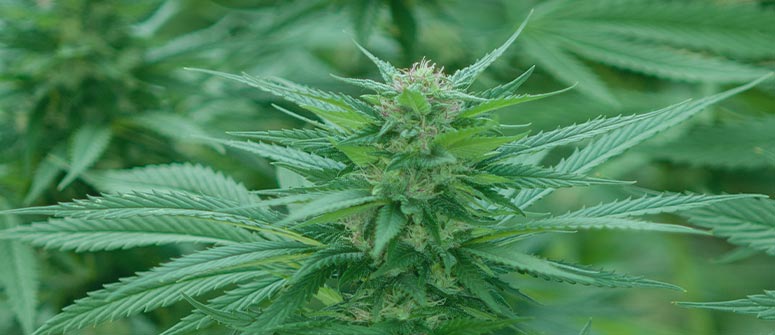
Cannabis hybrids are very diverse by now, but the first hybrids were bred from landrace strains. Landraces are genetically “pure” strains that adapted to a specific geographical location and continued to survive through open pollination, as opposed to deliberate crossbreeding. For example, Thai sativas, Afghan Kush, and Colombian Gold are landrace strains. However, cross these distinct strains with one another, and the result is a cannabis hybrid.
It is important to note that when landrace strains are taken out of their native region and grown/maintained in a new habitat, they are considered "heirloom" strains. This is because they are cultivated and maintained by growers/breeders as opposed to growing as they please in nature.
So, cannabis landrace/heirloom strains are essentially the opposite of a hybrid. Think of the difference between a wolf and a pug dog.
Polyhybrids vs F1 hybrids
Another technicality worth discussing is the difference between polyhybrids and F1 hybrids. In this article, we'll chiefly be referring to “polyhybrids”, which result from crossing two or more hybrid strains to create a progeny with somewhat consistent traits.
True F1 hybrids, on the other hand, are created by intensively inbreeding genetic lines over multiple generations to create exceptionally uniform and vigorous specimens. At present, polyhybrids make up almost 100% of the cannabis seeds on offer—but this is set to change as leading seed companies plan to release F1 hybrids to meet industry demands for better uniformity and quality.
Popular traits cannabis breeders look for
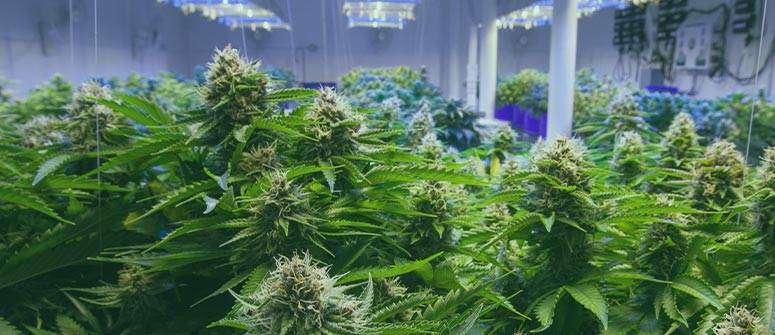
While creating new cannabis hybrids is an exciting exercise in itself, most breeders crossbreed with a specific purpose. Creating hybrids is far from a random art, and it’s very possible to select parent strains in the hope of creating a new hybrid that exhibits particular traits. Though the desired traits can vary, below we list the most common traits that are deliberately targeted in breeding programmes.
Large yield
First off, yield. Although size isn’t everything, most people prefer their plants to be as generous and productive as possible.
Many breeders will select a plant with attributes they’d like to maintain (such as flavour, potency, or colour) and then cross this with a plant that has particularly large yields. Then, with some careful backcrossing, the final progeny will retain all the desired traits, including large yields.
Cannabinoid content
Likewise, breeders and consumers have a penchant for plants that produce high amounts of certain cannabinoids. In order to create a super-high-THC cultivar, a dedicated CBD-rich specimen, or one containing “novel” cannabinoids like CBG, this will require a deliberate crossbreeding effort to ensure a stable and (relatively) consistent progeny.
Potency
Of course, there’s one cannabinoid in particular that most people want when it comes to cannabis: THC!
Modern breeding techniques have allowed breeders to increase the average THC content in cannabis flowers from 10% in the 90s and 2000s up to 30% or more! This is only possible by selectively breeding cannabis hybrids over time.
Effects
Alongside potency are the effects of a specific cultivar. The effects come down to the almost ineffable interplay between the phytochemicals produced in the trichomes of cannabis flowers. In other words, it involves a whole lot more than simply ramping up the THC content.
If you wonder why some strains leave you feeling tired, and others awake, the answer is complex, but tends to focus on the relationship between the dominant cannabinoids and terpenes in the mix. And in order to create strains that exhibit the desired effects, careful and time-consuming breeding must take place.
Structure and stature
Breeders also target the size and shape of cannabis plants to suit commercial and/or home growing operations. For instance, there’s a big market for small, compact cannabis plants, as they are stealthier and easier to grow in small, indoor spaces. A 2.5 metre sativa might be impressive, but it can be too much for most grow spaces to handle.
However, the cannabinoid content and effects of said sativa might be worth transferring into a smaller, more manageable plant. Therefore, crossing it with smaller strains to create a well-rounded hybrid is a great way (basically the only way) to achieve that.
Flowering time and life cycle
Flowering time is one of the major traits breeders try to optimise when creating cannabis hybrids. This is especially true when it comes to autoflowering cannabis. These strains are hybrids between indica and/or sativa and ruderalis. Cannabis ruderalis is a type of cannabis that flowers after a genetically predetermined amount of time.
Having a shorter, predetermined vegetative stage and flowering period is very useful for many growers. Therefore, highly potent and productive photoperiod plants are often combined with ruderalis plants to create autoflowering hybrids.
Aroma and flavour
Many smokers prize flavour and aroma above all else when it comes to cannabis. Therefore, there’s good reason to create hybrids with new and exciting flavours. And from a relatively small amount of landrace strains, a veritable host of flavoursome and diverse hybrids have been created.
Resin content
Cannabis cultivars that produce large amounts of resin are necessary to make extractions and concentrates. Therefore, breeding hybrids that are especially resinous is a worthy pursuit, especially as the market for hash, concentrates, and edibles has boomed in recent years.
Resistance
Some landrace strains can be pretty difficult to cultivate. Whether they require a specific climate or are particularly susceptible to diseases or pests, they’re not known as the most robust plants from a consumer perspective.
Through crossbreeding, however, it’s possible to make plants much tougher and more robust. This, in turn, makes them much more manageable for most growers.
Colour
Finally, colour is also a big selling point when it comes to weed. If breeders can make a plant that reliably produces, say, purple flowers, then it can be much more appealing on a commercial and personal level.
How do breeders create cannabis hybrids?
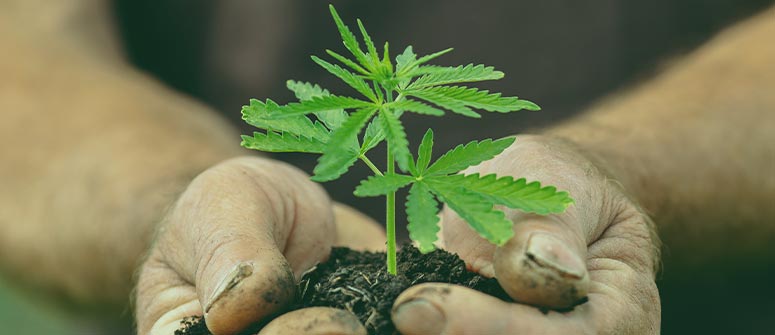
Now that we know why breeders create hybrids, it’s worth understanding a little about how they create them. While you can just let one plant pollinate another and wait to see what happens, this is not a very effective or efficient method.
Rather, breeders employ technical knowledge and practices in order to achieve the results they are after.
Dominant and recessive traits
When two beings reproduce, the offspring take one set of chromosomes from one parent, and a second set from the other. These combine to form alleles. For instance, one parent gives “A” and the other “a”, so the offspring has an “Aa” allele. The possible outcomes could be: AA, Aa, aA, or aa.
Certain chromosomes are dominant, while others recessive. In the above examples, the capital letters are dominant, while the lowercase ones are recessive. These allele pairs code for the genotype, which in turn determines phenotypic expression. Any pair featuring a capital letter will express the dominant trait over the recessive. So, in our example, only offspring with aa alleles will exhibit the recessive trait.
This is important when breeding, because without specialist techniques, recessive genes will be lost. And sometimes, recessive genes can be exactly the ones breeders want to lock in—such as those that cause ruderalis to flower automatically.
To compensate, breeders must carefully backcross plants with desired traits until they become stable.
Creating hybrids: 3 methods
There are three main ways in which breeders create hybrids. Below, we’ll provide a general overview of each.
Compensatory mating
Compensatory mating simply means taking two plants with desirable traits and breeding them together. For instance, one might have great cannabinoid production but low yields, and the other vice versa.
By breeding them together, breeders can hope to create offspring that exhibit great cannabinoid production and great yields.
However, it’s not as simple as breeding two plants and then creating a whole new, stable strain. The best offspring must then be selected, inbred, and so on. This can take many generations (and years) until a stable strain with the desired traits is created.
Directional selection
Directional selection can go hand in hand with compensatory mating, or be practised alone. Put simply, directional selection is survival of the fittest—but you are God. You pick the plants with the traits you like the most and allow these to breed together. Those you deem less than perfect, you do not use to breed.
Over generations, you can use directional selection to amplify and lock in certain desirable traits.
Seed production
This is a much simpler and more random method. Seed production just means that you allow your females to be pollinated in order to produce seeds.
In practice, out of nature, you will likely choose both the strain that pollinates and the strain that gets pollinated, so it won’t be completely random. Although, if you have multiple strains on the go, the predictability drops dramatically.
This method is not so good if you want to create something specific, but can be good for experimentation and creating batches of seeds.
What is the best hybrid strain?
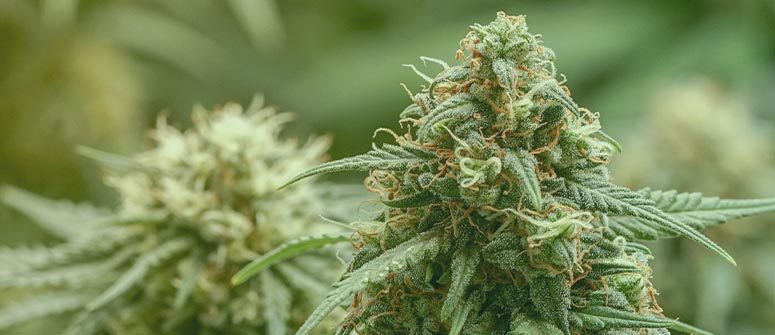
With that out of the way, you might be wondering what the best cannabis hybrids are. To be honest, it’s almost impossible to say, as there are thousands, and each has something unique to offer. However, there are some classic strains that remain popular year after year, and never fail to impress.
1. Wedding Cake
Wedding Cake is a world-famous hybrid that boasts massive THC levels, high yields, and great effects. With a healthy mixture of indica and sativa genetics, this strain offers balanced highs that tend to lean toward energetic and euphoric. With delicious dessert flavours and up to 25% THC, it’s a sure favourite for many cannabis lovers.
2. Gorilla Glue
Gorilla Glue is a heavyweight among cannabis classics. Packing up to 30% THC and containing mostly indica genetics, this cannabis strain will knock even the most hardened smokers out. Mixing old-school cannabis flavours with a chemical edge, Gorilla Glue’s aromas perfectly marry the old and the new.
3. White Widow
Supposedly a cross of two landrace strains—Brazilian sativa and Indian indica—White Widow is almost a household name. The true origins of this strain are unknown, which only adds to its allure. What we do know is that this indica-dominant specimen elicits a surprisingly energising buzz more akin to sativa-dominant strains. Pale green and luminescent, White Widow looks ghostly and beautiful in a grow room. And with sweet, pungent aromas, there can be no doubt that you’re consuming something that means business.
Cannabis hybrids: They just keep coming
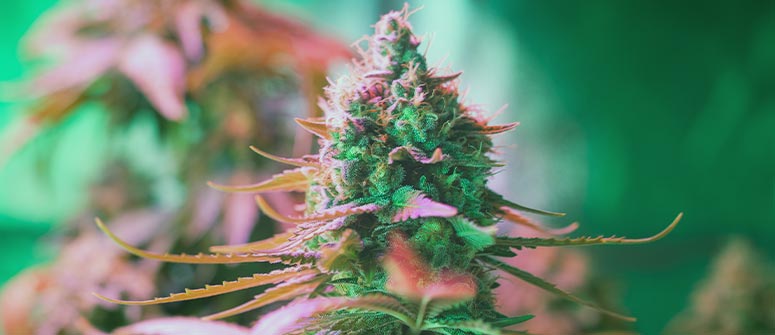
New cannabis hybrids are being created all the time, perhaps even daily. And with almost three decades of specialised cannabis breeding behind us, we exist in a world of almost limitless potential—and things just keep getting better!
From cosy CBD strains to potent next-gen F1 hybrids, there’s something for everyone. And, you can even try breeding your own at home!




